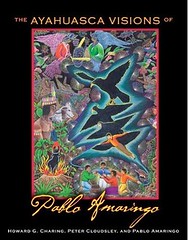Southeast Asian Martial Arts – Pencak Silat
Pencak silat refers to more than 800 individual schools of martial arts across the 13,000 islands of Indonesia. According to legend, they were used to fight against Dutch invaders. Later outlawed by the Dutch, this hybrid system is known as pencak in Java and Bali, and silat in Sumatra. The single term pencak silat was coined after Indonesia was unified, and then accepted in 1973. Some recent silat systems have adopted the Japanese martial art tradition of denoting rank with different-colored belts. The art has become popular around the world and has also developed a sporting tradition with its own world championships.
Pencak lineage
Knowledge of the art has been passed orally from teacher to student, so written records are few. Soldiers and warriors are known to have trained in silat forms in the Srivijaya kingdom in Sumatra between the 7th and 14th centuries and in the Majapahit kingdom on Java between the 13th and 16th centuries. Yet archeological evidence suggests silat may have been used as early as the 6th century. Many silat schools trace their lineage to the Buginese warriors, a band of tough mercenaries renowned for their combat skills. When the Dutch occupied the islands between the 17th and 20th centuries, the practice went underground and reemerged only after independence in 1949. Traditional Indonesian dances and rituals are thought to contain aspects of the ancient art.
Styles and weapons
Pencak silat has no standardized techniques, partly due to the fact that differences between schools depend on the environment in which students train. So, for example, the footwork techniques of urban styles differ from those of jungle variants. The Javanese people
